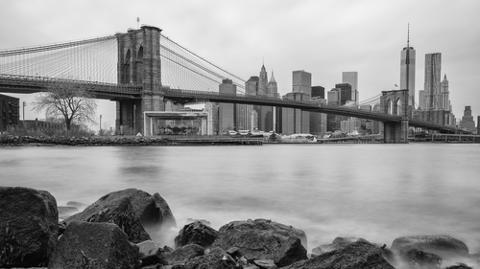The next Silicon Valley will rise in a city, according to a new report from the
Brookings Institution. While Silicon Valley is viewed as synonymous with innovation, Brookings believes that a “new complementary urban model” will emerge, complete with infrastructure that gives it an advantage over what the think tank refers to as “spatially isolated corporate campuses, accessible only by car, with little emphasis on the quality of life or on integrating work, housing and recreation.” (Er, take that, Northern California! Or not, because companies based in Silicon Valley happily continue to innovate and earn billions.)
Click here to find developer jobs. These urban innovation incubators (say that five times fast) will not only be physically compact, but feature excellent public transportation options and communications infrastructure. “Our most creative institutions, firms and workers crave proximity so that ideas and knowledge can be transferred more quickly and seamlessly,” Brookings’ report added. “Our ‘open innovation’ economy rewards collaboration, transforming how buildings and entire districts are designed and spatially arrayed.” So where are these new urban hubs appearing? While New York City has spent the past several years promoting itself as “Silicon Alley” to startups and established tech companies, other cities have leveraged their proximity to anchor institutions such as universities to promote their own capacity for innovation—cities such as Raleigh-Durham, Pittsburgh, St. Louis, Detroit and more. Brookings believes the rise of urban-centric tech communities can revive moribund economies: “At a time of rising social inequality, they offer the prospect of expanding employment and educational opportunities for disadvantaged populations given that many districts are close to low- and moderate-income neighborhoods.” (Many residents in San Francisco would disagree with that assessment,
as the local tech boom as increased tensions between that city’s wealthier community and many longtime residents.) But the Institution also feels that, in order for such zones to reach their full potential, they need all of the following factors:
- Innovation Drivers: The startups, entrepreneurs, universities and established companies that propel progress forward.
- Innovation Cultivators: Entities “that support the growth of individuals, firms, and their ideas,” such as accelerators and incubators.
- Amenities: Because people need to eat, sleep and drink caffeine.
- Physical Assets: Brookings breaks this one into several subcategories, including “physical assets in the public realm” and “physical assets in the private realm.” Simply put, tech pros and employers need office space, transportation options and other real assets in order to get their jobs done (and lives lived).
- Networking Assets: Firms and people in close proximity with one another can create a positive feedback loop of advice, contacts and leads.
You can download the
full report here. While major urban areas such as New York City
have spent years cultivating their respective tech scenes, that doesn’t prevent other cities from developing their own—so long as their leaders establish collaborations with tech firms, set a vision for growth and boost access to capital and other resources.
Related Articles
Image: gui jun peng/Shutterstock.com 


